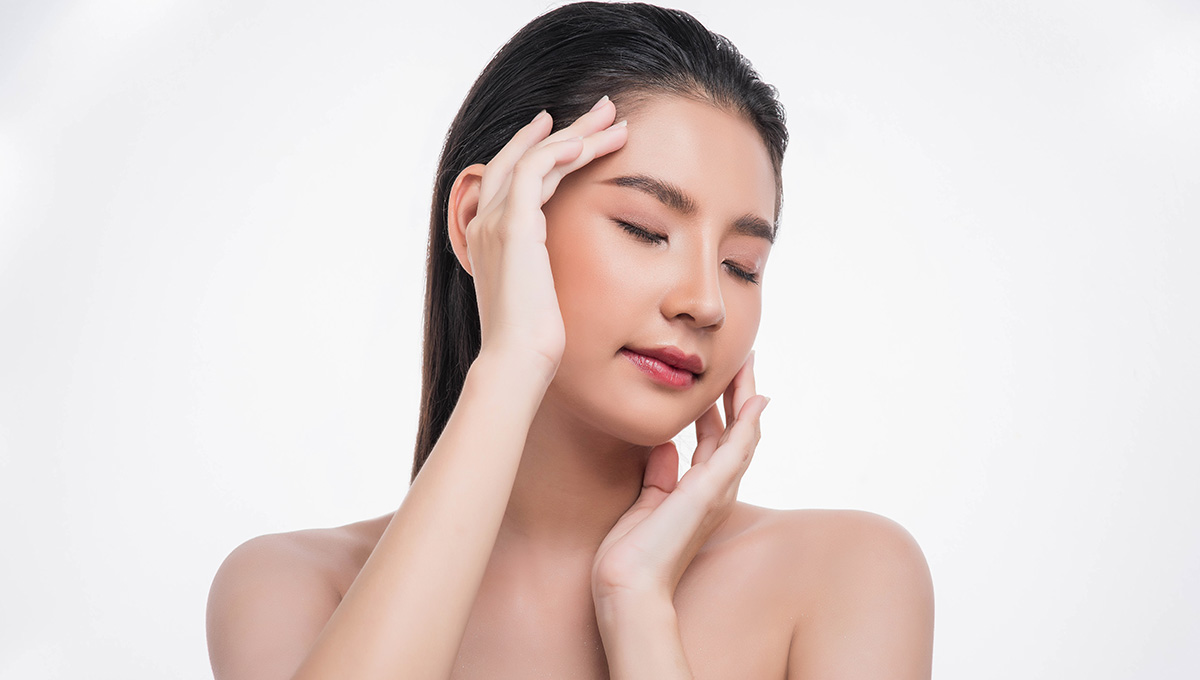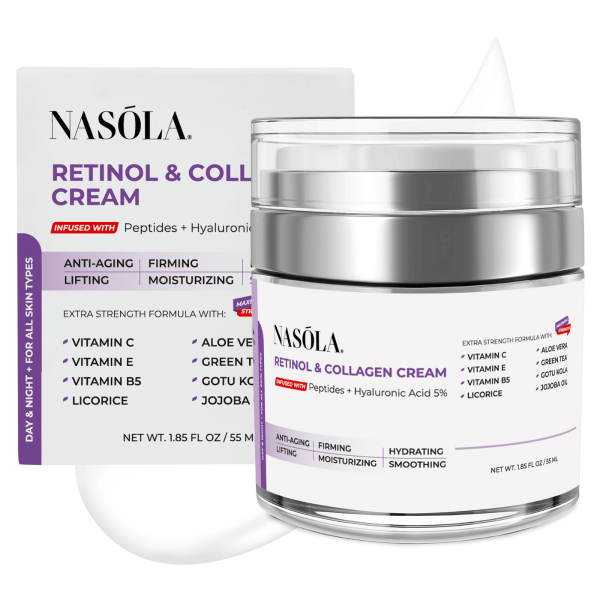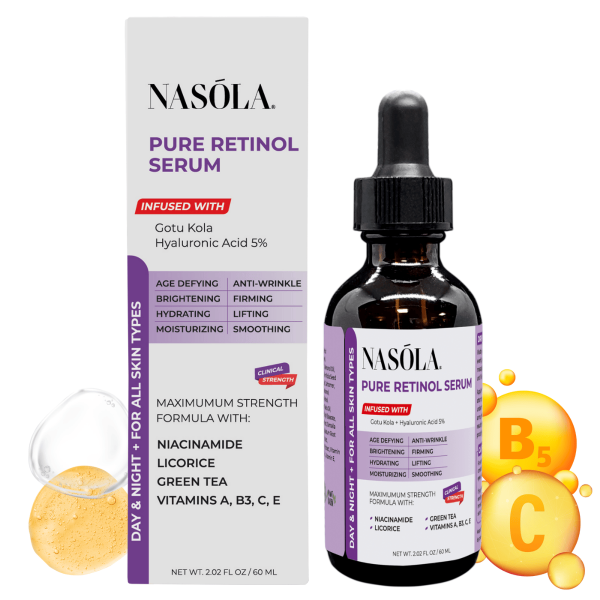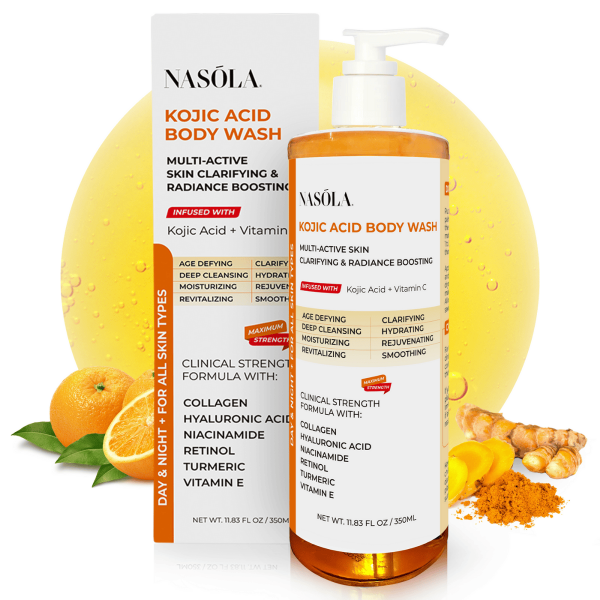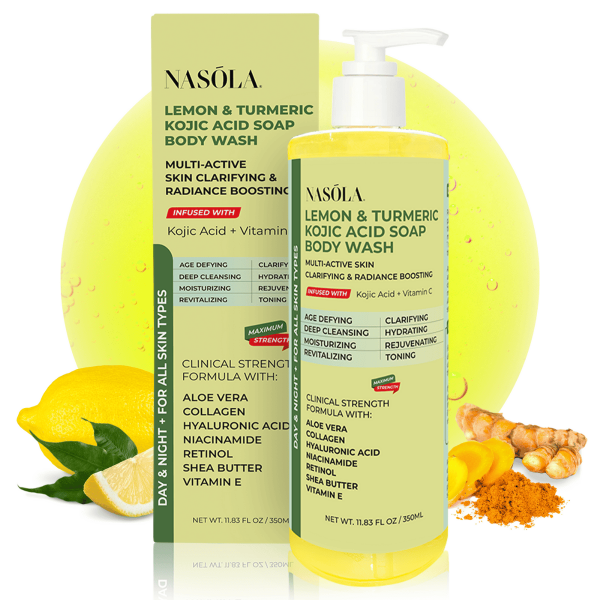If you’re here wondering, is retinol good for dark spots? — you’re not alone.
Dark spots have a sneaky way of overstaying their welcome. They crash our selfies, mess with our foundation, and no matter how many concealers we buy, well… they peek through. And that’s when the whispers start —
“So, should I try retinol?”
Short answer? Yes. Yes, you should.
Retinol isn’t just buzz. It’s a dermatologist’s best friend for fading dark spots — thanks to its rapid cell turnover magic. But here’s the deal: results come when you use the right stuff the right way.
That’s why products like the Nasola Pure Retinol Serum and Nasola Retinol and Collagen Cream make waves. Thoughtfully formulated to clear dark spots without irritation, they let your real skin shine through.
So let’s break it down — the what, why, how, and which when it comes to retinol and those pesky dark spots.
- How Is Retinol Good for Dark Spots? Understanding the Benefits
- How to Use Retinol Products for Dark Spots Safely
- Best Retinol-Infused Products for Treating Body Dark Spots
- Ingredients That Work Well With Retinol for Dark Spots
- Unique Use Case: Is Retinol Good for Dark Spots on Uneven Skin Textures?
- Common Mistakes When Using Retinol for Dark Spots
- Conclusion
- Frequently Asked Questions
How Is Retinol Good for Dark Spots? Understanding the Benefits
Dark spots aren’t just about color changes — they’re about confidence too. And answer time: yes, retinol is good for dark spots.
But WHY does it work? That’s exactly what this section explains. We’ll untangle the science behind retinol’s relationship with melanin and reveal how this vitamin A hero changes the game.
You’ll also see how it stands beside — or above — other ingredients in the skincare world.
How Retinol Works to Fade Hyperpigmentation
Retinol works at the root of the problem: your skin cells.
It boosts cellular turnover, meaning it helps your skin shed dead, pigmented cells faster. It’s like eviction day for melanin-overloaded surface layers.
Underneath? Fresher, more even-toned skin.
Here’s how retinol helps fade hyperpigmentation:
- Accelerates skin renewal by pushing new cells to the surface.
- Reduces melanin production by disrupting the process of melanogenesis.
- Stimulates collagen which helps smooth texture and improve clarity.
- Improves absorption of other brightening ingredients by exfoliating the barrier.
So, whether it’s post-acne scarring, age spots, or sun damage — consistent, smart use of retinol can fade them over time.
But don’t expect instant results.
Patience is part of the process.
Scientific Research Supporting Retinol for Dark Spots
There’s good news: clinical studies support what we see in the mirror. Retinol has been proven effective in both UV-induced and acne-induced hyperpigmentation.
One study in the Journal of Drugs in Dermatology observed that applying retinol (0.3%) consistently over 12 weeks resulted in significant improvement in uneven skin tone and pigmentation.
And guess what?!
Compared to other ingredients like vitamin C or kojic acid, retinol works deeper — going beneath the epidermis to make long-term changes.
But here’s the twist:
- Retinol works best when paired with ingredients that either calm the skin (like collagen and turmeric) or work on melanin production (like kojic acid).
That’s why multi-active formulas like Nasola Retinol and Collagen Cream or Nasola Pure Retinol Serum deliver standout results.
Consistency + synergy = skin that makes you pause and smile at your reflection.
How to Use Retinol Products for Dark Spots Safely
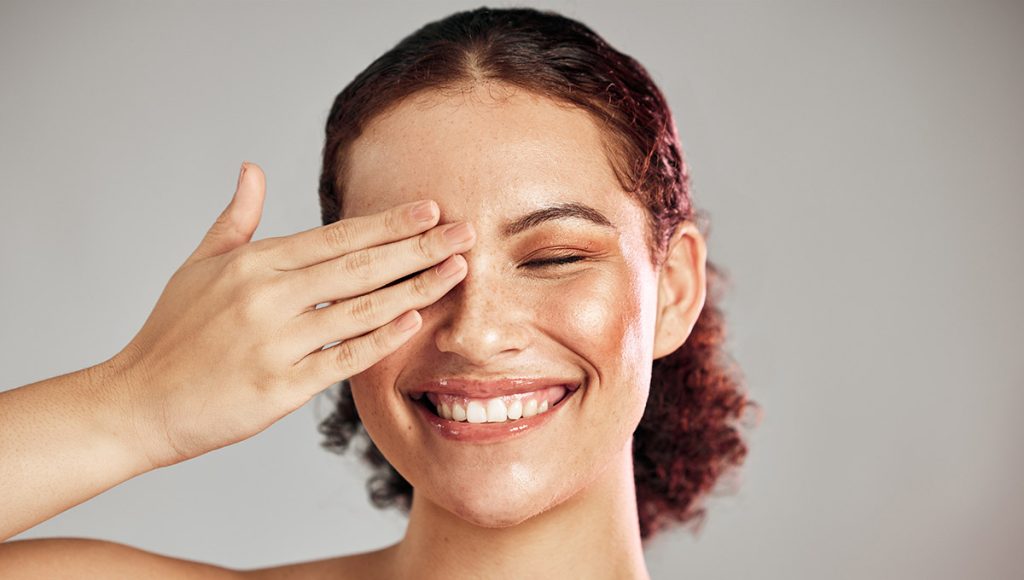
When it comes to retinol and hyperpigmentation, it’s not just about slathering and hoping for miracles. It’s about smart use.
Retinol can transform your skin or irritate it — depending on how you go about it. This section helps you play it safe AND smart.
Whether you’re brand new to retinol or a returning champion, these tips keep your skin glowing instead of peeling.
Choosing the Right Strength and Formula
Retinol isn’t one-size-fits-all. In fact, the key to glowing results is starting small — especially if your skin is sensitive or new to the formula.
Beginners should aim for 0.25% to 0.5% concentration. Once your skin adjusts (usually after 6–8 weeks), moving up to 1% may be beneficial.
And this is where product formulation becomes critical. That’s why I love the Nasola Pure Retinol Serum. It’s lightweight, non-greasy, and includes collagen — making it ideal for fading dark spots while building skin strength.
Why is that amazing?
Because collagen offsets some of the potential irritation by hydrating and strengthening your skin barrier. Double win.
What to look for in a beginner-safe retinol:
- Concentration around 0.25%–0.5%
- Supportive ingredients like collagen or aloe vera
- Fragrance-free formulas
- Vegan and cruelty-free integrity
Less is more in the beginning. And smart layering is everything.
Application Tips to Maximize Effectiveness
We’re playing the long game, so let’s keep things simple and practical. To get the full benefits of retinol without tears or peeling:
- Apply at night. Retinol breaks down in sunlight, so nighttime is prime time.
- Start slow. 2–3 times per week, then increase as your skin adapts.
- Always moisturize. Pair with a non-comedogenic moisturizer to reduce dryness.
- SPF is non-negotiable. Use SPF 30+ in the daytime. Always.
If you’re using the Nasola Retinol and Collagen Cream, you’re already ahead. It can be gently layered after another serum or used alone at night.
Wanna level up in less time with fewer side effects?
Follow the above and let the glow begin.
Best Retinol-Infused Products for Treating Body Dark Spots
Dark spots don’t stop at the face, and neither should your skincare. From elbows to underarms to thighs, body hyperpigmentation can affect your overall confidence — especially in warm weather or event seasons.
But here’s the good part: retinol works on your body too! This section shows how body washes and soaps with retinol (and powerhouse ingredients like kojic acid) can discreetly and beautifully fade away those darker zones.
Retinol in Body Wash for Daily Use
What if your body wash could actually treat your dark spots while you shower? Oh YES.
The Nasola Kojic Acid Body Wash combines retinol and kojic acid — two heavy-hitters — in one easy step. You use it like any regular body wash… but it does extra: exfoliating, brightening, and smoothing.
Why this changes the game:
- Lightens visible dark spots on elbows, knees, inner thighs, and back
- Smooths bumpy texture, especially post-acne or ingrown marks
- Fades discoloration from razor burn and sun exposure
- Perfect for daily exfoliation without causing microtears
So if you’re tired of uneven body tone or dark patches that makeup can’t hide, this makes a major difference.
And if you’re anything like me, you love multi-taskers. Shower and glow, done.
Brightening Effects for Sensitive Skin
Got sensitive skin? Don’t worry — we’ve got something gentle that still brings the results.
The Nasola Lemon Turmeric Kojic Soap Body Wash is ideal for anyone needing extra soothing. Infused with retinol, kojic acid, turmeric, and lemon extract, it delivers brightening power without bitterness or burn.
Turmeric calms inflammation (a big deal if you suffer from razor bumps or darker knees), while lemon naturally lightens uneven patches.
What you’ll love:
- Vegan formula, safe for daily use
- Reduces red or purplish dark spots
- Fights body breakouts while fading existing marks
- Supports healthy skin regeneration
Pairing bar soap with body wash? Even better.
Ingredients That Work Well With Retinol for Dark Spots
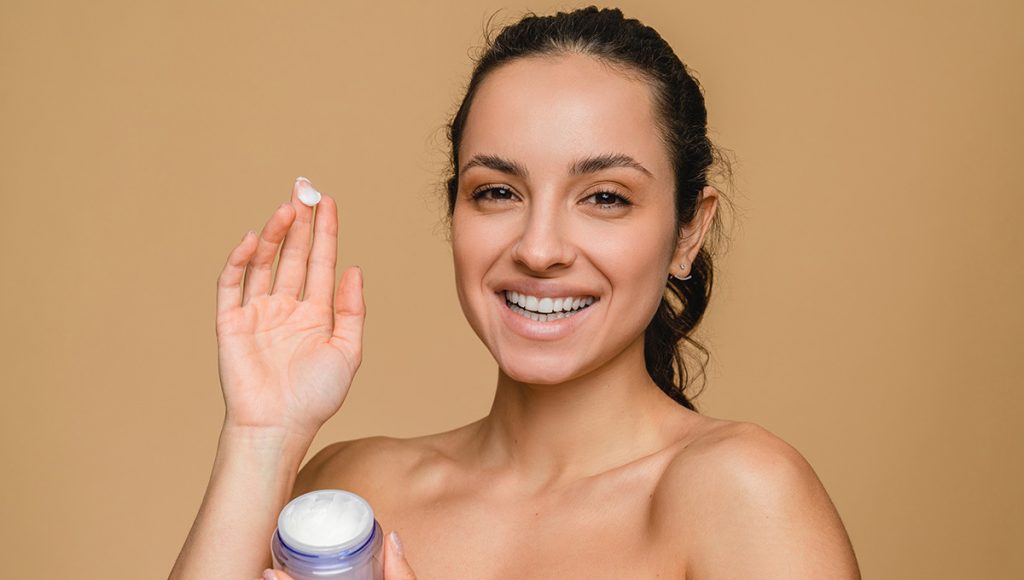
To get the most out of retinol, it’s all about synergy. Certain ingredients pair beautifully with retinol and help lighten dark spots while keeping the skin calm and glowing.
In this section, I’ll walk you through the top complementary players — and how they dance together in our placement products.
Kojic Acid
Derived from mushrooms (yes, really!), kojic acid slows the production of melanin. When paired with retinol, it takes care of how much pigment is made, while retinol takes care of where that pigment sits.
Excellent examples:
Vitamin C
The radiant defender!
Vitamin C protects against sun damage and helps fade spots that already exist. Use it in the morning, then retinol at night. When paired together the right way:
- Vitamin C guards; retinol repairs
- Combined — you GLOW
Collagen
Collagen improves elasticity and hydration. When added to retinol products like the Nasola Retinol and Collagen Cream, it:
- Minimizes irritation
- Plumps fine lines
- Supports skin bounce-back
Turmeric & Lemon Extract
Seen in Nasola Lemon Turmeric Kojic Soap Body Wash, these ingredients:
- Calm inflammation
- Brighten surface marks
- Neutralize oxidative stress from pollution or sun
Unique Use Case: Is Retinol Good for Dark Spots on Uneven Skin Textures?
Here’s an angle no one talks about — texture paired with pigmentation. So many people deal with not just dark spots, but uneven surfaces. This section explores how retinol helps improve both tone AND texture.
Treating Post-Acne Scars & Bumpy Skin
Retinol doesn’t just fade color — it resurfaces the skin. For individuals with post-acne scarring or keratosis pilaris, consistent retinol use can help smooth things out while visibly lightening discoloration.
Try pairing treatments like:
- Nasola Pure Retinol Serum for facial texture refinement
- Nasola Kojic Acid Body Wash for bumpy backs, arms, or thighs
Improving Skin Clarity and Tone Over Time
With time and regular SPF usage, retinol transforms blotchy, pigmented skin into a canvas of even clarity. Just make sure you’re supporting your moisture barrier each step of the way:
- Apply retinol post-cleansing
- Always follow with moisturizer and SPF in the morning
Slow, steady, beautiful.
Common Mistakes When Using Retinol for Dark Spots
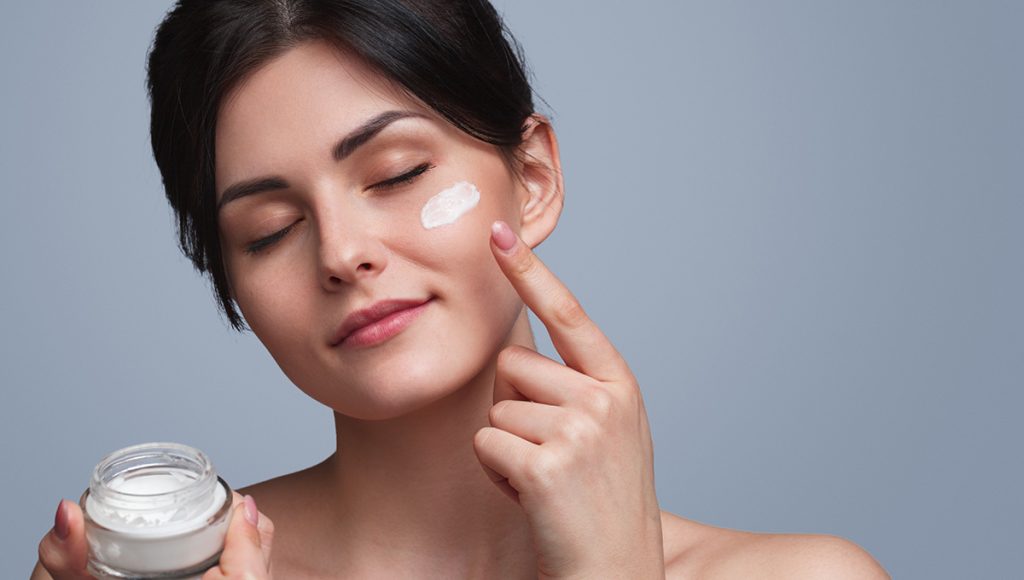
Let’s save your skin, time, and emotional bandwidth. These common missteps can stop you from seeing real results with retinol. Here’s what to watch for so your dark spots don’t outlast your patience.
Using Retinol Too Frequently or in High Doses
Newbies often go all-in fast.
BIG mistake.
Too much, too soon can leave your skin dry, flaky, or even darker due to PIH (post-inflammatory hyperpigmentation). Instead:
- Start slow — 2x per week
- Use a pea-sized amount
- Choose beginner-friendly strength (like Nasola Pure Retinol Serum)
Less panic, more progress.
Ignoring Sun Protection
If you’re not applying sunscreen every day, you’re undoing all your retinol’s hard work.
Because —
- Retinol makes your skin photosensitive
- UV exposure worsens hyperpigmentation
- Lack of SPF = new spots that fight back
Use SPF 30+ minimum! Daily.
Conclusion
To wrap it up: is retinol good for dark spots? Absolutely — but only if applied intentionally.
Retinol’s superpower lies in its ability to boost cell turnover and disrupt the pigmentation cycle. But its real magic happens when paired with skin-loving teammates like collagen, kojic acid, vitamin C, lemon extract, and turmeric.
Start your transformation today with products that deliver real results: The Nasola Pure Retinol Serum, Nasola Retinol and Collagen Cream, and Nasola Kojic Acid Body Wash are made for your skin goals.
Stick with it, protect your skin with SPF, hydrate often — and glow like never before.
Frequently Asked Questions
Yes, it’s highly effective. Retinol accelerates skin turnover and fades melanin-rich cells. The Nasola Pure Retinol Serum works perfectly for facial use — it’s soothing, lightweight, and designed to brighten the skin without harsh side effects.
Most people see early changes in 4–8 weeks, but deeper discoloration might need 10–12 weeks. Consistent use of the Nasola Retinol and Collagen Cream alongside SPF will ensure long-term improvements.
Absolutely. The Nasola Kojic Acid Body Wash is excellent for areas such as underarms, thighs, back, and elbows. It blends exfoliation and brightening benefits in one easy step.
Combining retinol with kojic acid, collagen, turmeric, and lemon extract provides excellent synergy. Products like the Nasola Lemon Turmeric Kojic Soap Body Wash and Nasola Retinol and Collagen Cream offer full-spectrum support.
Yes, but start with a lower strength such as in the Nasola Pure Retinol Serum. Begin with 1–2 times weekly and use a rich moisturizer. Always wear SPF during the day.
Retinol increases sensitivity to UV rays, which can exacerbate hyperpigmentation. Daily use of a broad-spectrum SPF of at least 30 is essential to prevent new dark spots.
Retinol is a safer long-term solution compared to hydroquinone. It supports natural skin functions and doesn’t thin the skin. Many users prefer retinol-based options like those in the Nasola collection.
After your skin adjusts (usually after a few weeks), yes. Products like the Nasola Retinol and Collagen Cream are formulated for regular use and designed with soothing agents to minimize irritation.
The Nasola Pure Retinol Serum is fantastic for face spots, while the Nasola Kojic Acid Body Wash and Nasola Lemon Turmeric Kojic Soap Body Wash target body areas with glowing results.

